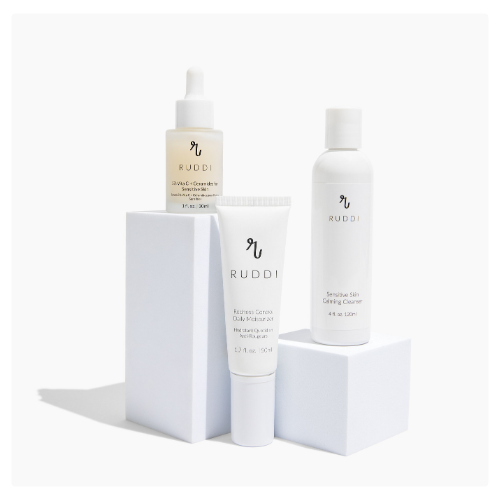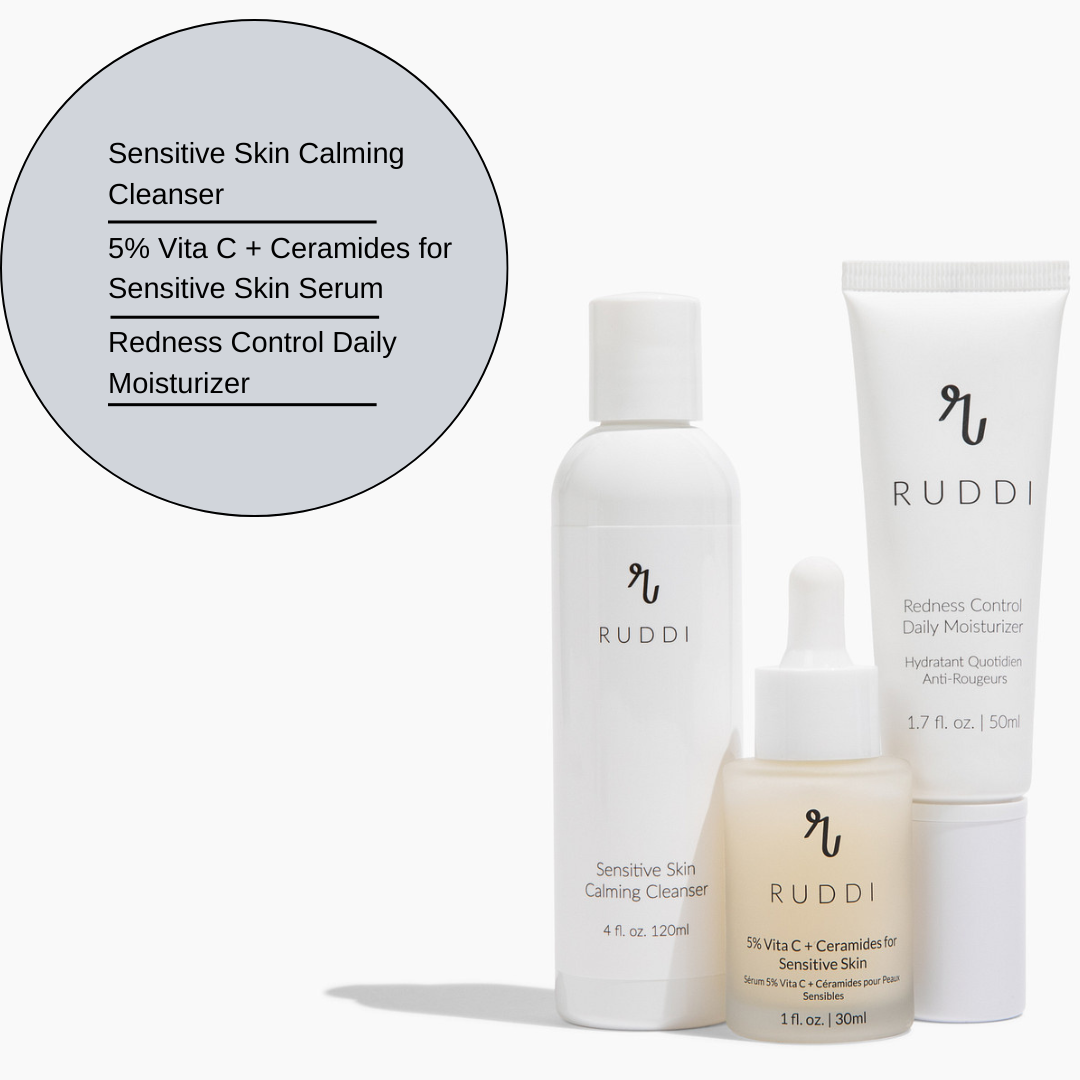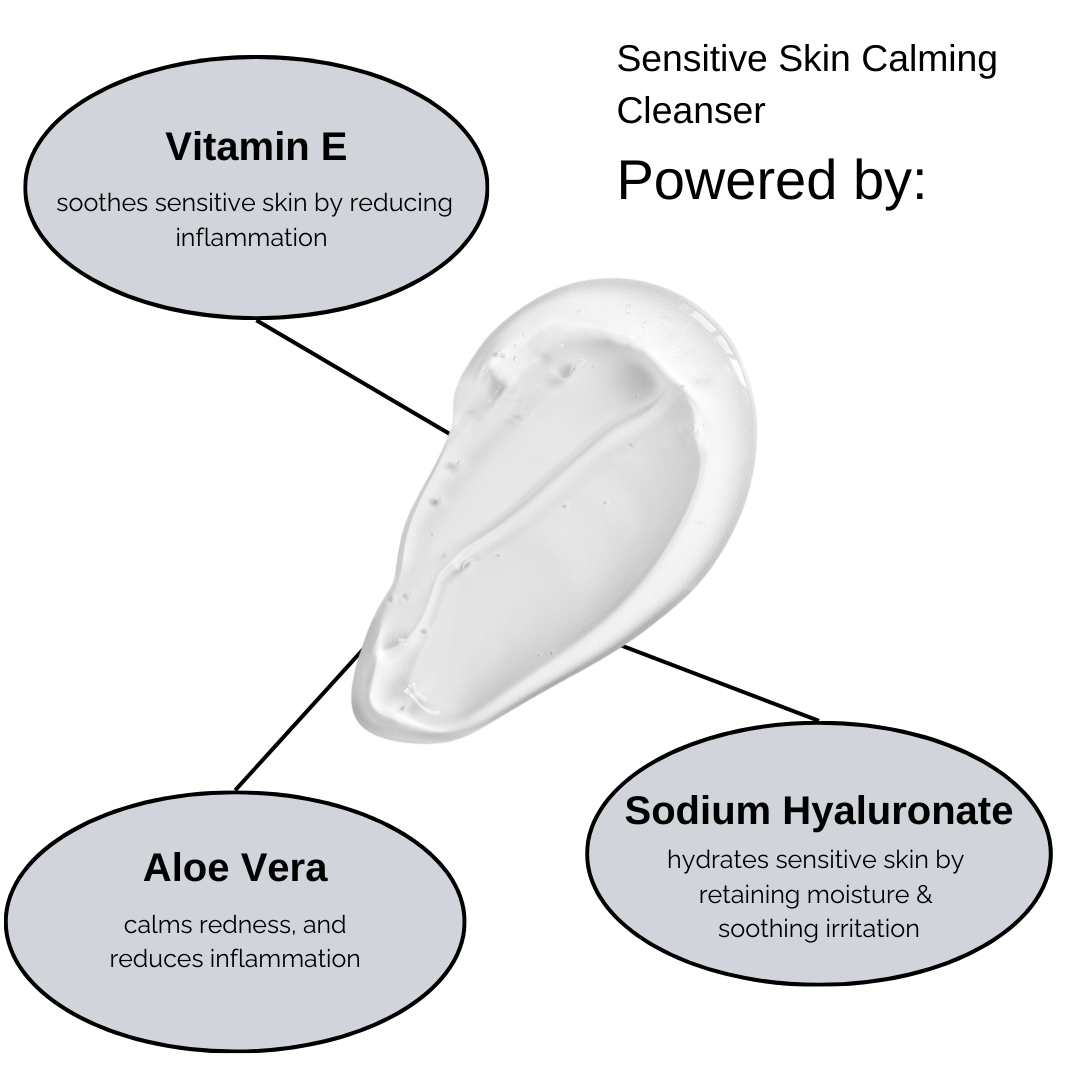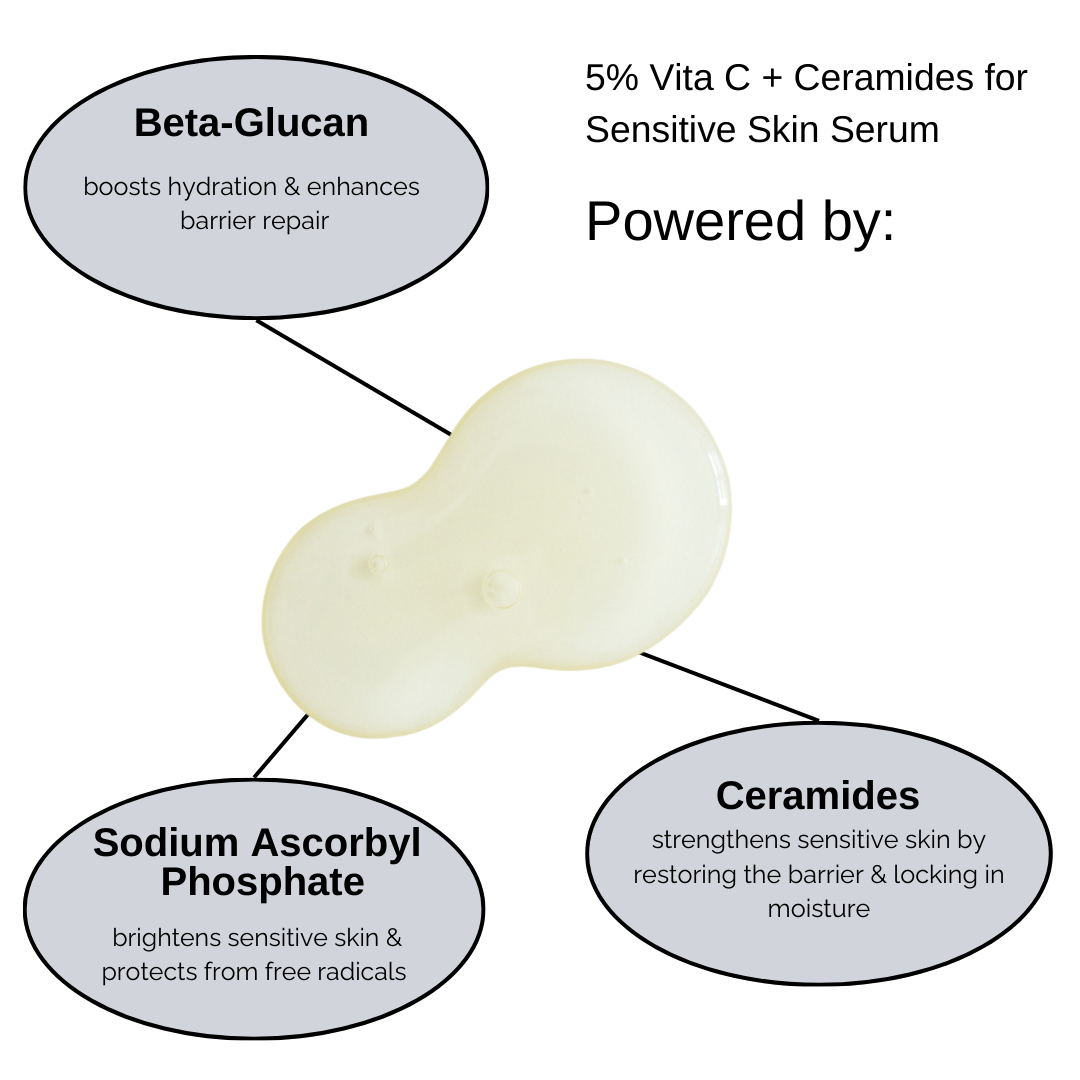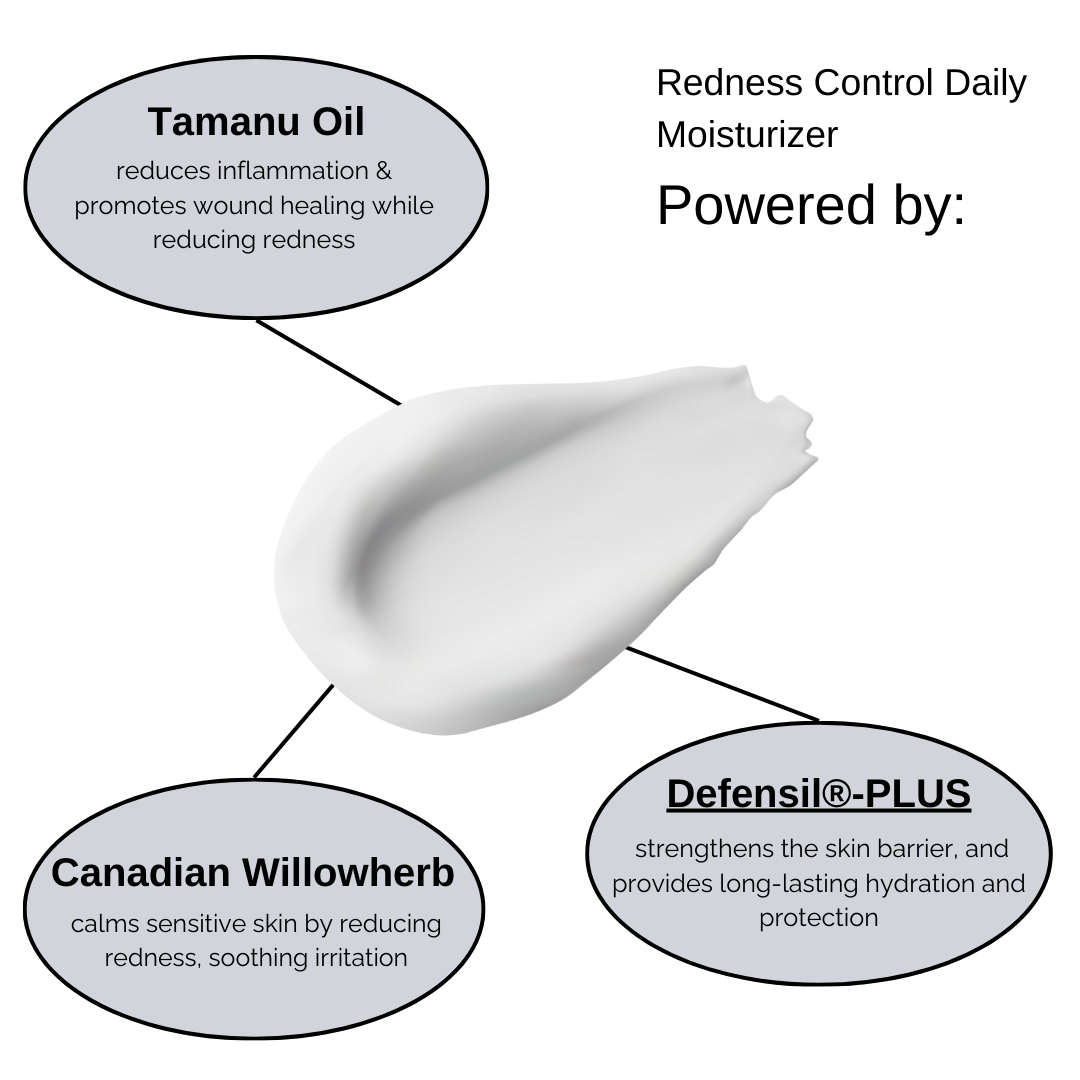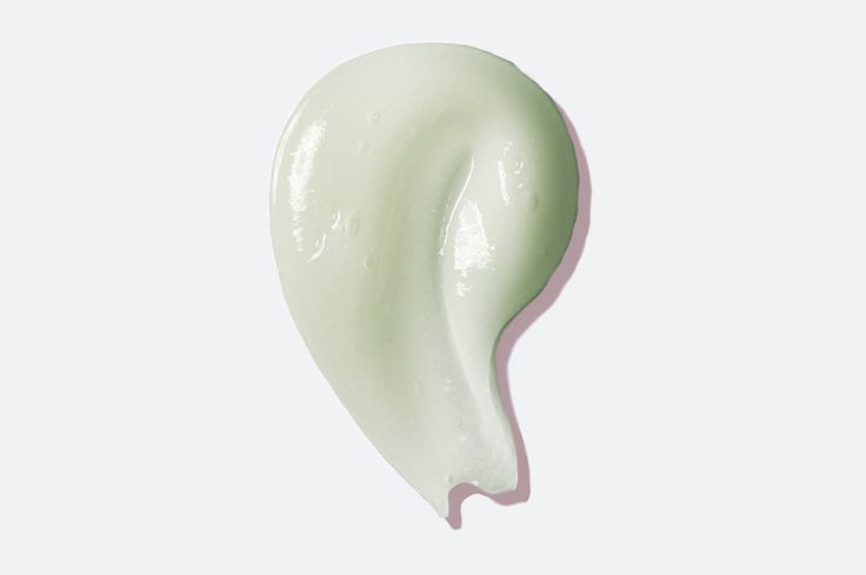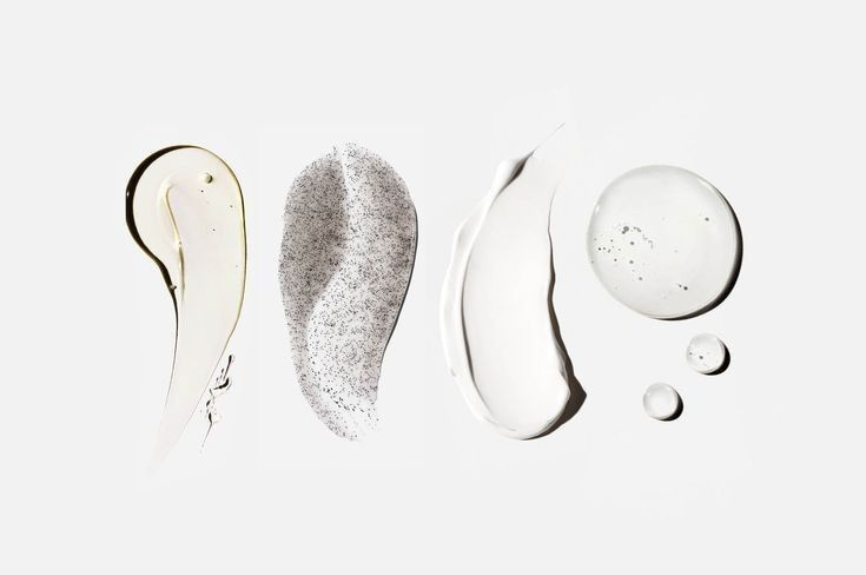
How Weather Affects Rosacea: Seasonal Skincare Tips for Flare-Up Prevention
If you live with rosacea, you've likely noticed how the weather can make your skin feel like it’s riding an emotional rollercoaster. One day your skin is calm, the next—hello flare-up! That’s because weather conditions have a direct impact on the biological processes behind rosacea, from dilated blood vessels to inflammation and moisture loss.
Let’s take a closer look at how temperature, humidity, and wind affect rosacea-prone skin—and how you can adjust your skincare routine throughout the year to stay one step ahead.
🌡️ Temperature: Why Heat and Cold Spark Flare-Ups
How It Affects Your Skin:
Extreme temperatures—whether hot or cold—can trigger neurovascular dysregulation, which is the fancy way of saying: your blood vessels overreact and dilate more easily than they should.
-
Heat: Warm temperatures (especially sun exposure) cause vasodilation—widening of blood vessels that increases blood flow and leads to redness and flushing.
-
Cold: Frigid weather can cause rebound dilation. Blood vessels constrict in response to cold, then dilate rapidly when you return indoors, triggering similar redness and sensitivity.
✅ What You Can Do:
-
Use lukewarm water when washing your face (never hot!).
-
Avoid direct heat sources like fireplaces, saunas, and hot showers.
-
In winter, cover your face with a scarf and moisturize immediately after coming indoors.
-
In summer, apply a mineral sunscreen (zinc oxide or titanium dioxide) daily, and reapply if you're outdoors.
💨 Wind: The Invisible Barrier Breaker
How It Affects Your Skin:
Wind doesn’t just feel harsh—it actually is. Wind exposure increases transepidermal water loss (TEWL), weakening your skin barrier and leaving it vulnerable to irritation and inflammation.
For rosacea-prone skin, this means:
-
Heightened sensitivity
-
Increased inflammation
-
Exacerbation of dryness and stinging
✅ What You Can Do:
-
Before going outside, apply a barrier-repairing moisturizer with ingredients like ceramides, squalane, or shea butter.
-
Use a light occlusive product (like balm or heavier cream) as a protective layer on windy days.
-
Consider a physical barrier, like a scarf or high-collar jacket, especially in harsh climates.
💧 Humidity: The Goldilocks Factor for Rosacea
Low Humidity (Dry Climates or Winter Indoors):
-
Leads to dehydration, increased TEWL, and microcracks in the skin barrier.
-
This makes it easier for irritants and microbes (like Demodex mites) to penetrate the skin and trigger inflammation.
High Humidity (Sticky Summer Days):
-
Can increase sweat and oil production, which might trigger flushing and cause irritation in already inflamed skin.
-
Creates an environment where microbial overgrowth (like bacteria or yeast) may worsen symptoms.
✅ What You Can Do:
-
In dry air: Use humectants like glycerin and hyaluronic acid, and follow up with an occlusive moisturizer to seal in hydration.
-
In humid weather: Choose lightweight, non-comedogenic moisturizers, and gently cleanse to remove sweat and environmental buildup—without over-cleansing.
🌸 Season-by-Season Skincare Strategy
Spring
-
Triggers: Sudden weather shifts, allergens.
-
Tips: Use a gentle antioxidant serum (like Vitamin C in a stable form such as SAP) to calm inflammation and protect against pollution.
Summer
-
Triggers: Heat, humidity, sun exposure.
-
Tips: Go light with your products, use mineral sunscreen, and incorporate niacinamide for redness control.
Fall
-
Triggers: Decreasing humidity, rising wind.
-
Tips: Transition to richer moisturizers and avoid over-exfoliation as your skin adjusts.
Winter
-
Triggers: Cold, wind, dry indoor heat.
-
Tips: Layer hydrating serums with barrier creams, use mild creamy cleansers, and keep a humidifier running indoors.
🔍 Why It All Comes Down to Barrier Health & Vascular Response
Ultimately, weather affects rosacea through two main pathways:
-
Blood vessel reactivity – Temperature extremes and heat cause excessive vasodilation, leading to redness and flushing.
-
Barrier impairment – Wind and low humidity compromise the skin’s protective barrier, increasing inflammation and sensitivity.
By supporting your skin’s barrier and avoiding temperature extremes, you can minimize flare-ups and feel more confident year-round.
🧴 Final Tips for Rosacea-Resilient Skin in Any Weather:
-
Keep a consistent skincare routine, adjusting textures—not actives—seasonally.
-
Avoid harsh scrubs, chemical peels, and overly astringent toners.
-
Always do a patch test when trying new products, especially in seasonal transitions.
-
Stay hydrated, and watch for internal triggers like spicy food, stress, or alcohol, which can worsen weather-related flare-ups.

